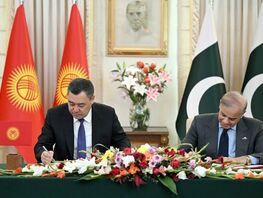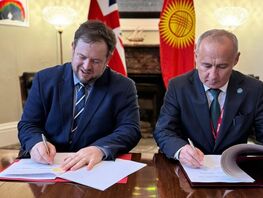Archaeologists of the Humanitarian Research Laboratory have begun to study the Tesinsky Gulf burial ground — 3 in Khakassia, one of the greatest in the times of Tashtyk culture, which also includes the Yenisei Kyrgyz. Russian media reported, citing the press service of the Novosibirsk State University.
The burial ground consists of more than 80 soil graves. It was discovered several years ago, but excavations began only in 2017.
During an expedition, scientists explored three burials. Despite the graves had been looted before, archaeologists discovered well-preserved skeletons, beads, horn pins, and fragments of burial masks.
Findings allowed to draw conclusions about the characteristics of Tashtyk culture, burial rites and customs of its bearers. In addition, information about trade relations, society and jewelry business of the population of the Minusinsk Basin at the turn of the era was obtained.
Sergey Skobelev, Candidate of Historical Sciences, head of the Laboratory of Humanitarian Studies at NSU, noted that the burial ground was unique primarily because of its unusually large size, which may indicate a long and permanent residence of a large group of Tashtyk population at the turn of the era.
«Grave pits had an unusually large depth for this culture. The wooden structures found in them demonstrate a high level of carpentry craftsmanship, including mastery of assembling of wooden parts. This makes it possible to say that there are clear signs of residency, respectively, the notion that the population of the region in that time was nomadic is not true. Given the importance of this monument for the archeology of the region in 2019, the work will be continued,» he said.






